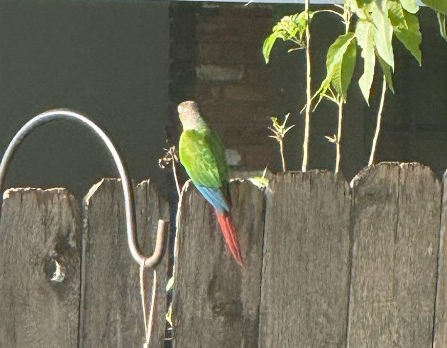We saw "a huge nest" when we walked along the river close by our area recently. We wonder what lives there.
After other morning walking, we saw eagles. pair eagles, white head. Highly probably is "bald eagles."
In addition to the river, this bird has favorited habitats such as:
- lake
- swamp
- and wetland.
Female is larger than male for Bald Eagles. Fledglings can be seen in the nest around late Winter to early Spring.
Eagles mate for life a keep the same nests year after year so numerous baby’s are born there each year.
Have you ever seen an Eagle's nest?
# Previous postings:







































